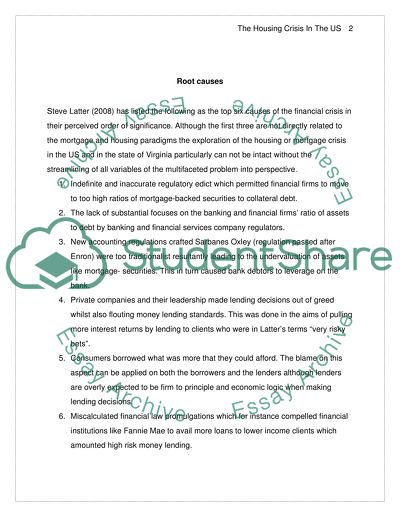Cite this document
(“The housing crisis in the U.S Coursework Example | Topics and Well Written Essays - 1500 words”, n.d.)
The housing crisis in the U.S Coursework Example | Topics and Well Written Essays - 1500 words. Retrieved from https://studentshare.org/macro-microeconomics/1515471-the-housing-crisis-in-the-us
The housing crisis in the U.S Coursework Example | Topics and Well Written Essays - 1500 words. Retrieved from https://studentshare.org/macro-microeconomics/1515471-the-housing-crisis-in-the-us
(The Housing Crisis in the U.S Coursework Example | Topics and Well Written Essays - 1500 Words)
The Housing Crisis in the U.S Coursework Example | Topics and Well Written Essays - 1500 Words. https://studentshare.org/macro-microeconomics/1515471-the-housing-crisis-in-the-us.
The Housing Crisis in the U.S Coursework Example | Topics and Well Written Essays - 1500 Words. https://studentshare.org/macro-microeconomics/1515471-the-housing-crisis-in-the-us.
“The Housing Crisis in the U.S Coursework Example | Topics and Well Written Essays - 1500 Words”, n.d. https://studentshare.org/macro-microeconomics/1515471-the-housing-crisis-in-the-us.


